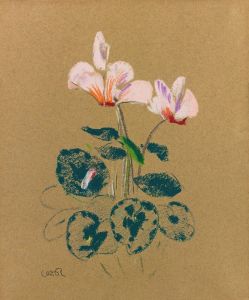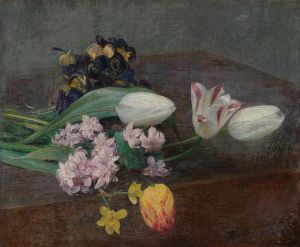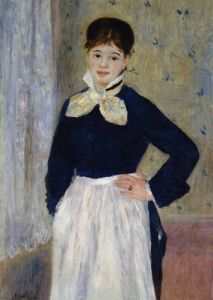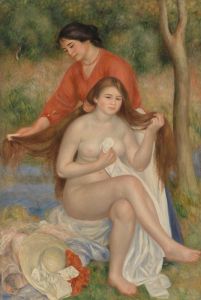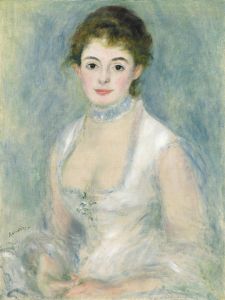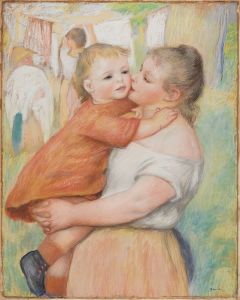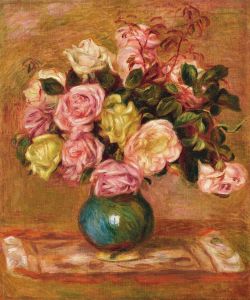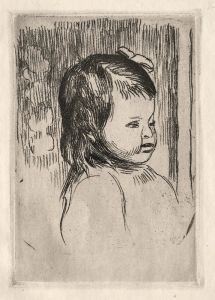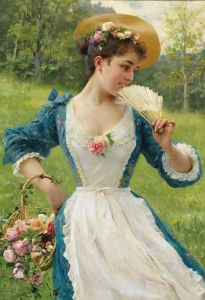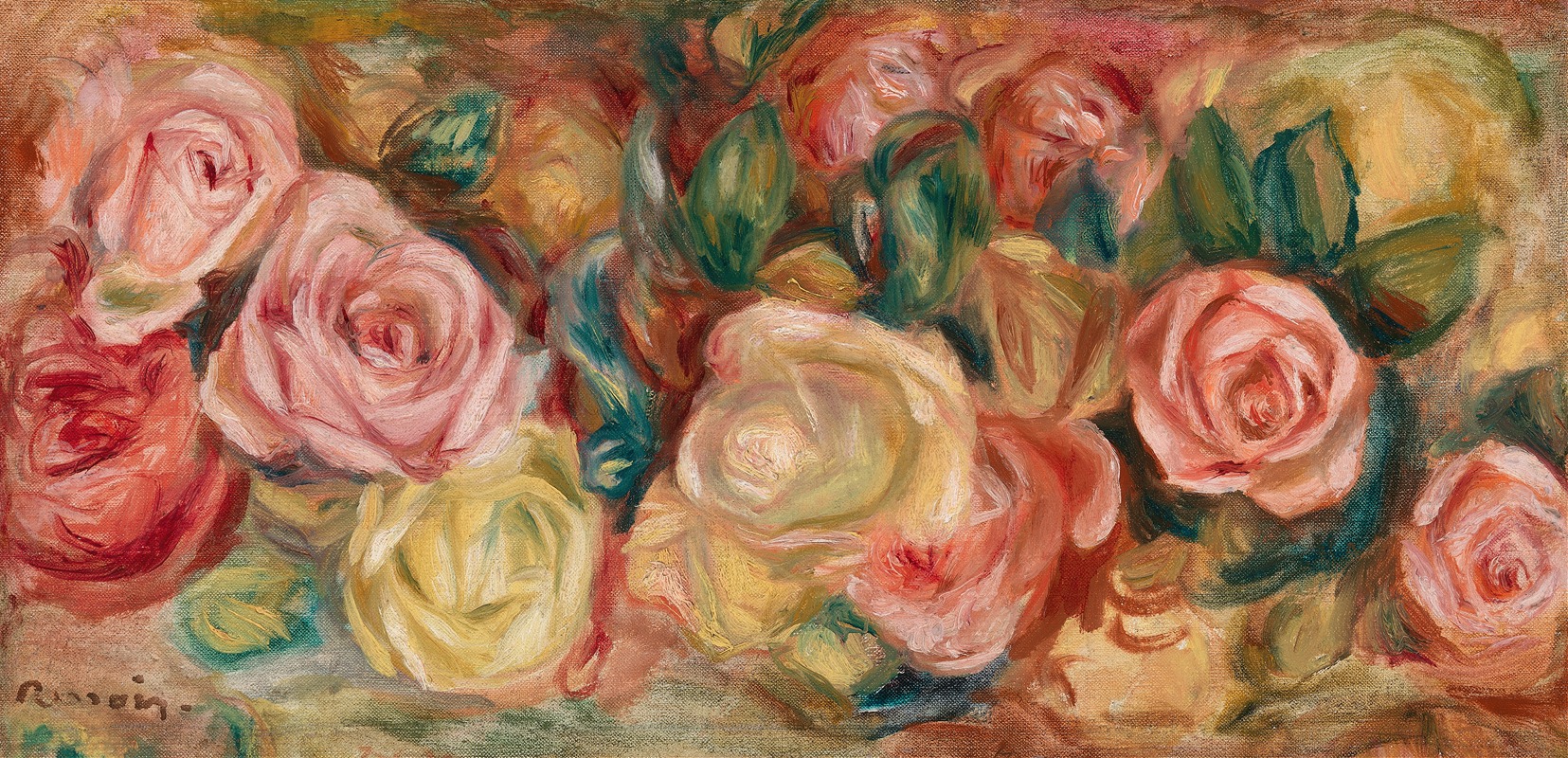
Roses
A hand-painted replica of Pierre-Auguste Renoir’s masterpiece Roses, meticulously crafted by professional artists to capture the true essence of the original. Each piece is created with museum-quality canvas and rare mineral pigments, carefully painted by experienced artists with delicate brushstrokes and rich, layered colors to perfectly recreate the texture of the original artwork. Unlike machine-printed reproductions, this hand-painted version brings the painting to life, infused with the artist’s emotions and skill in every stroke. Whether for personal collection or home decoration, it instantly elevates the artistic atmosphere of any space.
Pierre-Auguste Renoir's Roses is a still-life painting created by the renowned French Impressionist artist. Renoir, celebrated for his mastery of light, color, and texture, often explored floral subjects throughout his career. This painting exemplifies his ability to capture the delicate beauty of flowers, a recurring theme in his work that reflects his appreciation for nature and its fleeting charm.
In Roses, Renoir employs his characteristic soft brushstrokes and vibrant palette to depict a bouquet of roses. The composition focuses on the flowers themselves, emphasizing their lush petals and subtle variations in color. The interplay of light and shadow enhances the three-dimensional quality of the blooms, while the background remains understated, allowing the roses to take center stage. This approach aligns with Renoir's broader artistic philosophy, which prioritized beauty and sensuality over rigid formalism.
Renoir painted Roses during a period when still-life subjects were gaining popularity among Impressionist artists. These works allowed painters to experiment with color, texture, and form in a controlled setting. For Renoir, floral still lifes also provided an opportunity to explore the interplay of natural light and the vibrant hues of flowers, which he rendered with remarkable sensitivity.
The exact date of creation for Roses is not definitively documented, but it is consistent with Renoir's mature style, which developed in the late 19th and early 20th centuries. During this time, Renoir's work often reflected a more refined and polished technique compared to his earlier, more experimental Impressionist phase. This evolution in style is evident in the meticulous attention to detail and the harmonious composition of Roses.
Today, Roses is recognized as a testament to Renoir's skill in still-life painting and his ability to evoke emotion through simple yet elegant subjects. The painting is housed in a private collection or museum, though its specific location may vary depending on exhibitions and loans. Renoir's floral works, including Roses, continue to be celebrated for their timeless beauty and their contribution to the Impressionist movement.
This painting remains an enduring example of Renoir's dedication to capturing the ephemeral beauty of the natural world, a theme that resonates across his diverse body of work.





